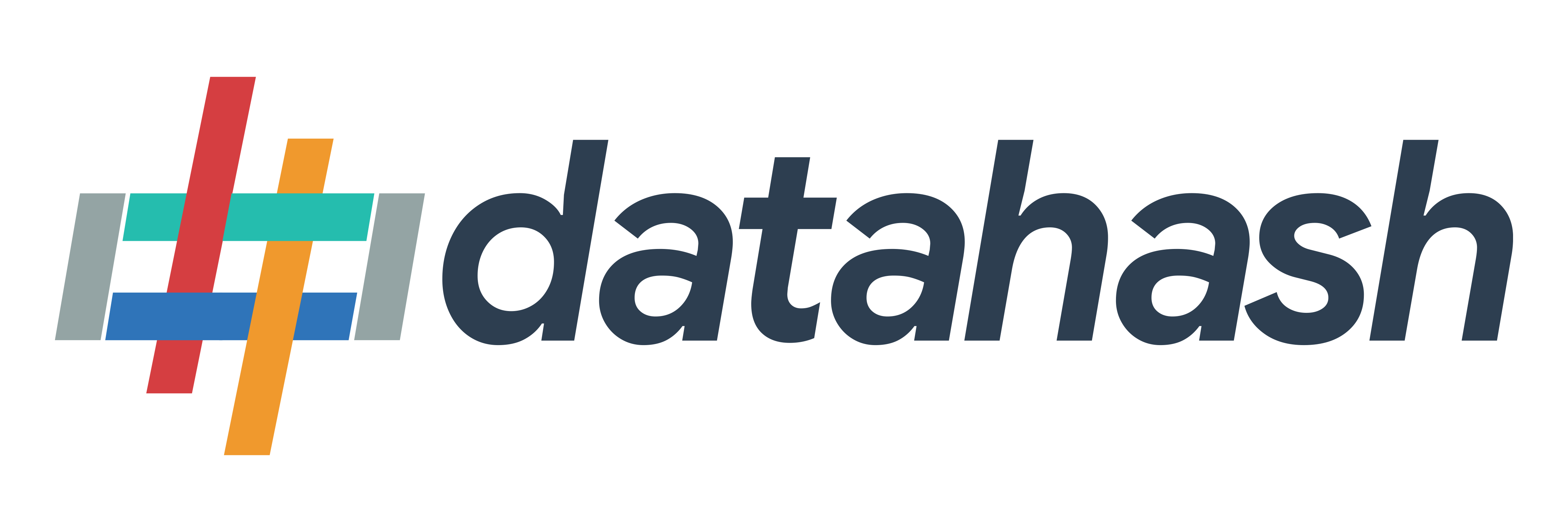Video Walkthrough
Description :
Google Cloud Platform (GCP) is a suite of cloud computing services offered by Google that includes computing, storage, data analytics, machine learning, and management tools.
By integrating Datahash with GCP, you can automatically export your LinkedIn Lead Ads data into GCP buckets. This ensures data is stored securely, organized systematically, and readily available for downstream analysis or workflows.
Prerequisites:
- GCP Bucket (created in your GCP account)
- GCP JSON Key (with the necessary permissions to read/write to the bucket)
Getting Started:
- Go to Datahash Studio and log in with your credentials.
- Navigate to the Files category under Destinations in the right panel.
- Click on the File GCP connector tile.
Configure LinkedIn Lead Ads Source
- Select the LinkedIn Lead Ads source type.
- Choose the existing LinkedIn Lead Ads connection name from the Source connector.
- Select the data export frequency at which you would like to receive the file:
- Realtime
- 1 hour
- 3 hours
- 1 day
- Provide a name for this connection and click Next.
Provide GCP Access Credentials
- Enter the required GCP credentials:
- GCP Bucket Name → Name of the bucket where the file will be stored.
- GCP JSON Key → Credentials with proper permissions to access the bucket (works like username/password).
- Relative Path to Data Folder → Prefix/path inside the bucket where you want Datahash to store files.
- Click Validate Credentials.
During setup:
- A folder named Datahash will be created at the provided relative path (or directly in the bucket if no path is given).
- Inside this folder, another folder will be created, named after your LinkedIn Lead Ads connection.
- As new data arrives, files will be created and stored here, each with a timestamped filename.
- Once credentials are validated, click Finish
.
The connected instance and file path will now be visible on the dashboard.
Managing Instances
Adding a New Instance
- Follow the same setup process:
- Click on edit icon.
- Click on edit icon.
- Choose export frequency.
- Provide GCP credentials.
- Validate credentials.
- Click Finish.
- You can see the newly created instance “Ads connection 2” in the manage existing connection instances table.
Editing an Existing Instance
- In the dashboard, click on the connection name from the manage instances table.
- Click the Edit icon (top right corner) to enable edit mode.
- Update the field values/credentials as required.
- Click Validate Credentials to confirm changes.
- If you click Cancel, the previous configuration remains active. Updates are only applied after clicking Finish.
- The updated file path and file name will be displayed.
- Click Finish to complete the edit process.












